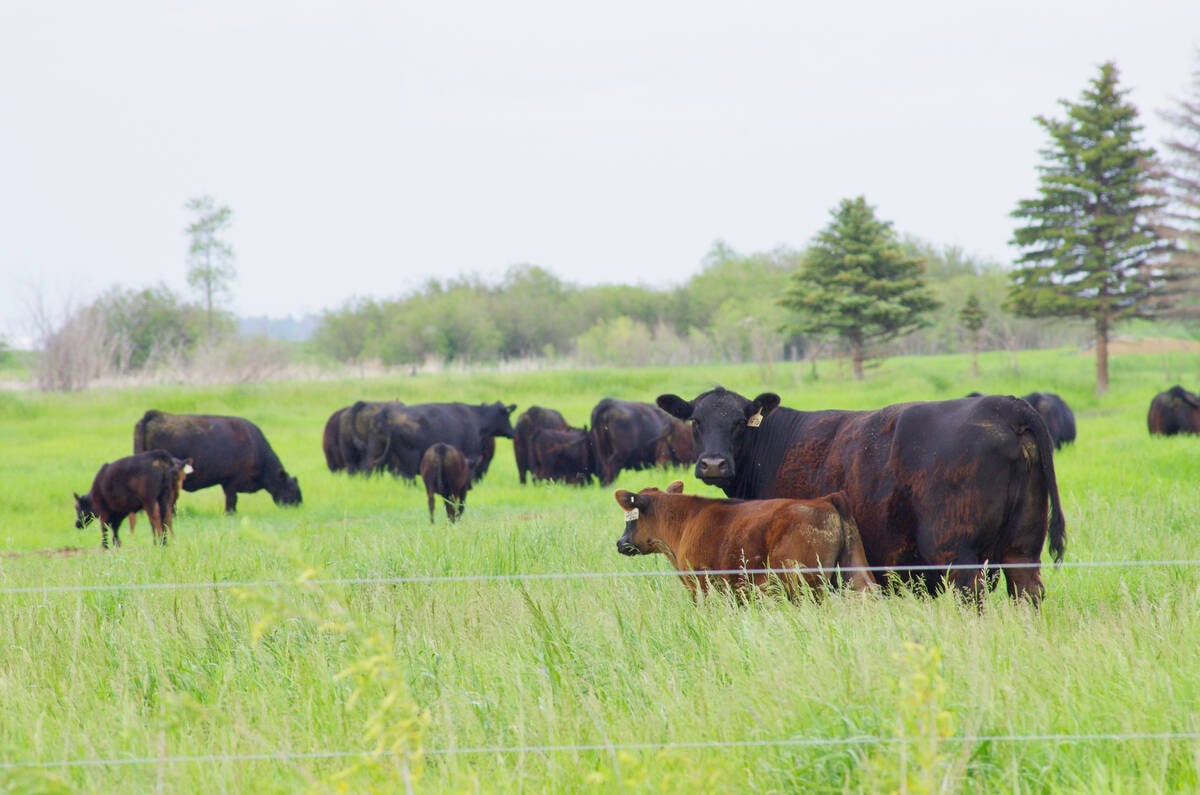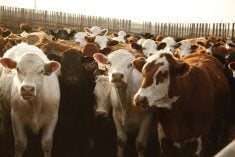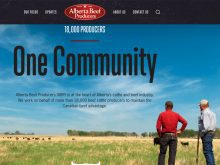Two more remaining irritants from the BSE crisis of more than 20 years ago could soon go by the wayside.
The United States has had to segregate a much smaller list of specified risk materials (SRMs) than Canada, which has resulted in more competitive challenges for beef processors.
The loss of small and medium-sized processing has been significant, says Dennis Laycraft, executive vice-president of the Canadian Cattle Association. Smaller processors can’t afford to separate specified risk material and non-specified risk material, so large portions of the carcass go to waste compared to larger processors.
Read Also

Tick research from the University of Manitoba focuses on insects and testing
Manitoba researchers are looking into the effects of tick and fly disease in cattle.
“Just the quantity and the cost is so much higher in smaller operations and it also makes our larger plants not as competitive.”
The Canadian Cattle Association is working with the Canadian Food Inspection Agency and the Canadian Beef Research Council on a study about the risk of Canadian specified risk materials. It’s been 13 years since the last risk assessment on SRMs was completed.
Laycraft said the process is taking longer than expected, but the second-to-last version of the report was delivered Dec. 22. It will go out for international peer review, and Laycraft hopes the final report will arrive in March.
“In our view, it should support moving ahead with a change,” he said.
Once the risk assessment is received, and if it supports a change, Laycraft said the CCA will sit down with the CFIA to discuss the report. Then it could take from four months to a couple of years for a regulatory change to work its way through the government.
“There’s lots of demand for Canadian beef internationally. With this change, we think we would be in a better position to grow the herd,” said Laycraft.
The change would not affect the ruminant-to-ruminant feed ban that remains in place.
Another irritant, created by a difference in Canadian and U.S. veterinary certificates with South Korea, could also soon be solved.
South Korea was one of the last countries to open its borders with Canada for beef, and it was a challenge because Canada had to take South Korea to a World Trade Organization appeal hearing before a veterinary certificate agreement was negotiated.
The veterinary certificate gave South Korea the ability to reject Canadian beef should any type of BSE — classical or atypical — be found.
The basis of a return to normal beef trading through the World Organization for Animal Health is that countries no longer close their border when an atypical case is found. These cases are random and unpreventable and their numbers are exceptionally small. The American agreement with South Korea follows the international standards.
From the standpoint of American beef processors, that slight difference meant a risk to their growing exports to South Korea and resulted in a 100-day holdback for Canadian cattle going to the United States for slaughter if it was possible those cattle could to South Korea.
That resulted in U.S. processors creating separate slaughter runs for Canadian cattle, said Laycraft, and they made sure that meat from those cattle never went to South Korea.
That’s not as big of an issue in Western Canada, where greater numbers of cattle end up in U.S. processing plants, but in Eastern Canada, it has meant one day per week — Saturday mornings — when Canadian cattle are processed by U.S. plants.
That means more restrictions on when cattle can be priced and challenges in booking trucks.
Laycraft said the requirement made little sense.
“We’ve never had a case of BSE enter into a packing plant or into the food system,” he said.
There are discussions ongoing with the U.S., South Korea and Canada. The U.S. wants the 100-day rule gone and South Korea is more concerned with food security than it once was, said Laycraft.
“I think things are lining up, but with three countries involved, it takes longer. Once we get rid of the 100-day rule, we get back to a normally functioning integrated market.”


















